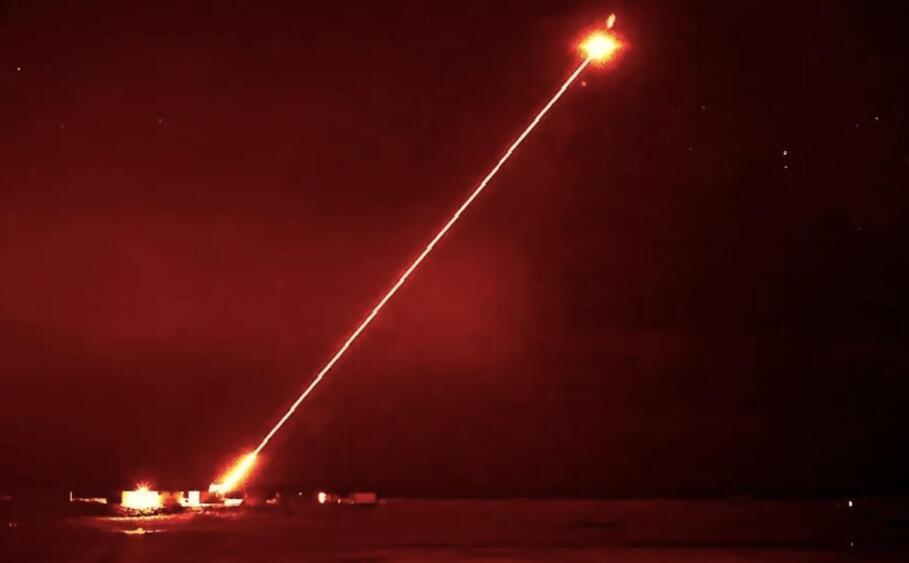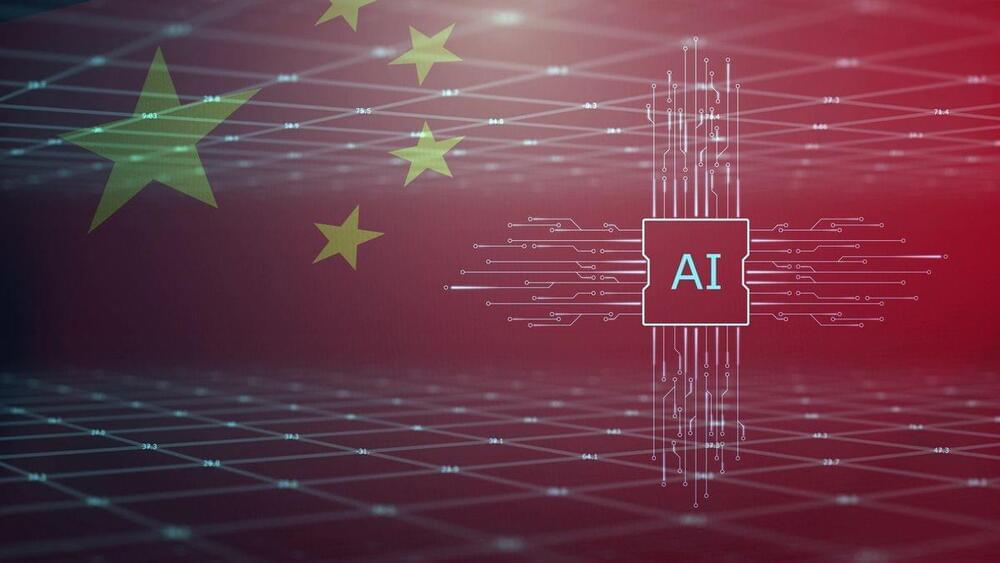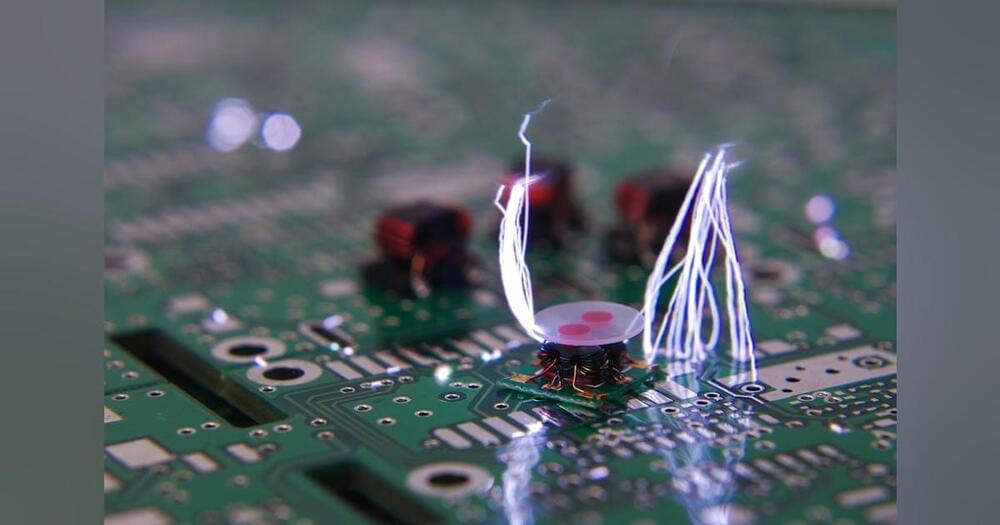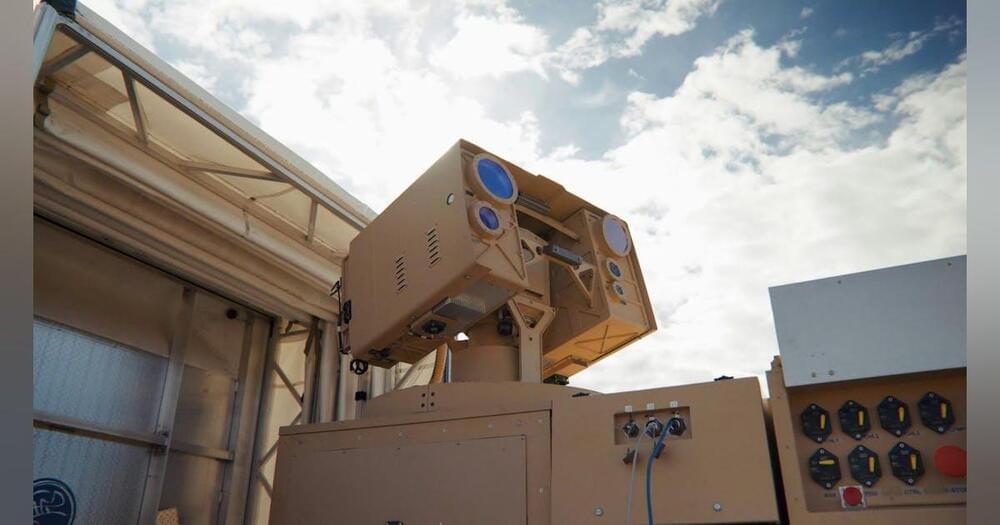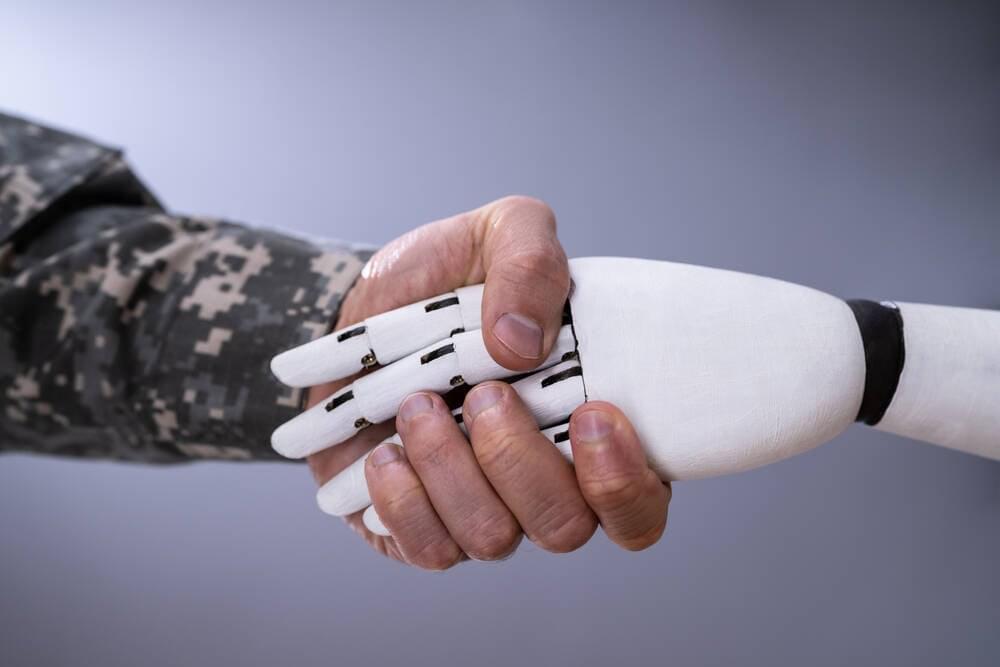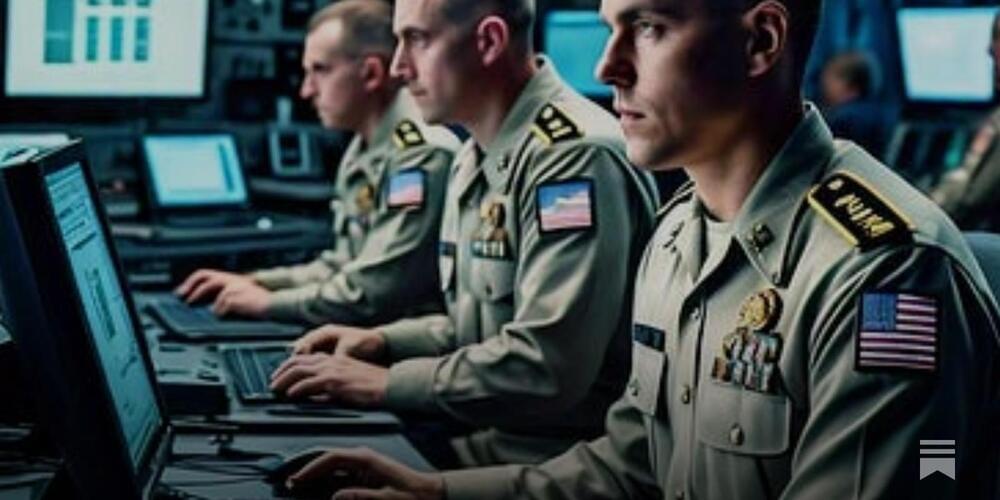China’s latest weapon, unveiled during an air show in Zhuhai, could be a game-changer during possible future conflicts with rival powers.
China is making advancements in its multiple military-related technologies that will give it an edge over its adversaries during a possible conflict in the future. During a recent giant air show in Zhuhai, Beijing unveiled multiple game-changer military technologies, including a mobile air defense weapons system.
Called FK-4000, the mobile air defense weapons system is reportedly capable of intercepting the smallest, lightest drones using its high-power microwaves (HPM).
Debuted by China Aerospace Science and Technology Corporation, the weapon can deliver microwave blasts in less than a second from a distance of almost 2 miles.
